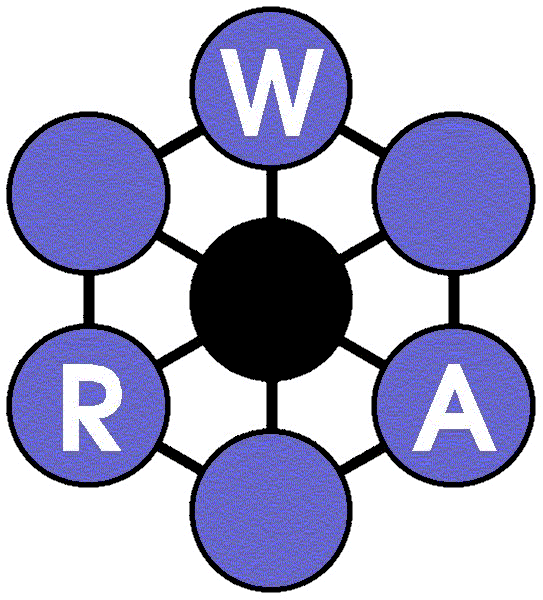Water Resource Associates have developed a range of water quality models for modelling river systems and catchments.
Water Quality presents special problems to environmental managers who have to control rivers, lakes, groundwaters and wetlands to meet both environmental standards and water supply standards. For example, the new EU Water Framework Directive is having a major impact on the control of water quality and ecology as the new standards are set and applied at the catchment scale. New techniques on modelling catchments are required in order to cope with the increasing complexity of water quality issues.
Water Resource Associates have developed a range of water quality models for modelling river systems and catchments. These include the HERMES and INCA software packages. HERMES simulates the transport of pollution events down river systems and this model simulates flow, Dissolved Oxygen, Biochemical Oxygen demand, Ammonia, E Coli and any conservative or nominally non-reactive pollutant.
In association with research at Reading University, Water Resource Associates has also developed a suite of catchment-based models collectively known as the INCA (Integrated Catchment) models. These take into account the land surface and land use and route the water and associated quality into the river network. Current versions of the software include INCA-N for flow, nitrate and ammonia, INCA-P for phosphorus, sediments, macrophytes, epiphytes and phytoplankton, INCA-SED for a sediments and INCA-Metals for a range of metals as well as a carbon model for DOC or water colour problems. All the models are process based, dynamic, daily and generate fluxes estimates and concentrations of all the variables at key locations along river systems.
Download our Water Quality BrochureFootnote
Prof Paul Whitehead has undertaken an extensive
INCA Flow and Water Quality Modelling study in the Ganges, Brahmaputra and Meghna River systems to investigate the impacts of climate change on river discharge, nitrate, ammonia and phosphorus into the future. This is the most complex INCA modelling study that has been attempted and results suggest increased monsoon flows and some reduced dry weather flows, or with extended drought periods. Plus nutrient concentrations would fall due to the extra dilution effects in monsoon periods. The effects of socio-economic change has also been investigated to evaluate the Ganges clean-up plan and to study the impacts of proposed water transfers upstream of Bangladesh. The clean-up plan if implemented would improve the water quality reducing nutrient loads entering Bangladesh. The water transfers would have a major effect, if implemented in full, significantly reducing flows into the delta system and the Bay of Bengal.
Impacts of climate change and socio-economic scenarios on flow and water quality of the Ganges, Brahmaputra and Meghna (GBM) river systems: low flow and flood statistics. P. G. Whitehead et al.
Dynamic modeling of the Ganga river system: impacts of future climate and socio-economic change on flows and nitrogen fluxes in India and Bangladesh, P. G. Whitehead et al.
Download the Presentation





